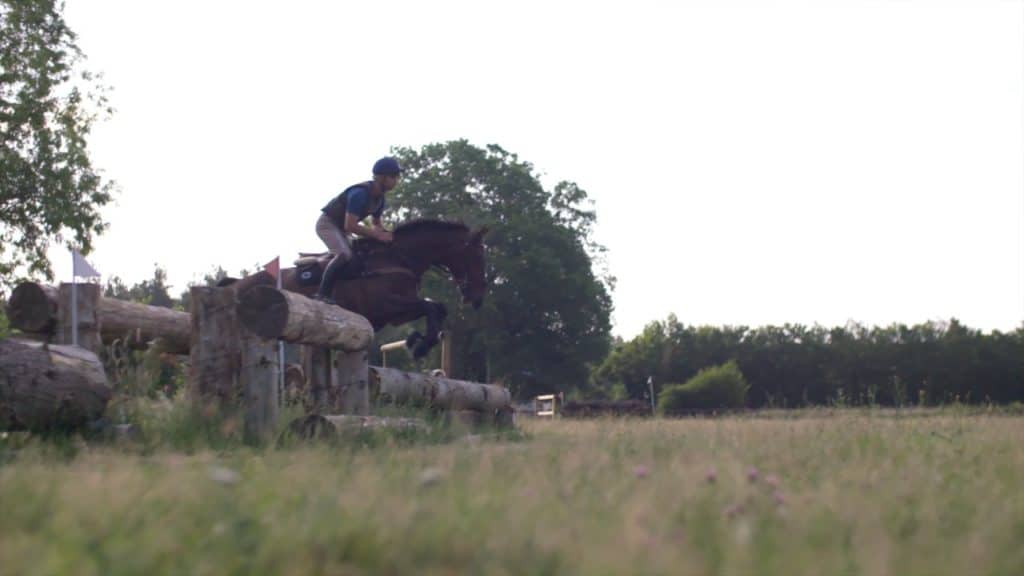How do you improve your approach technique when jumping ? Where is the optimal take off point according to the type of fence ?
First of all, it is worth noting that there are different types of fences in show jumping: vertical fences and wide jumps.
The wide ones are divided into several categories: triple bars, oxers and water jumps. While vertical fences consist of elements placed vertically directly above each other, and also include walls.
So, you must, of course, adapt your strides according to the type of jump.
To work on it, you can use a first fence: a vertical with a filler and two ground lines (one on either side) about three meters away from it. Thanks to the poles on the ground, the horse will naturally take off in the right spot to jump the vertical.
The correct stride is defined by the take-off zone which varies according to the height of the obstacle. As a reminder, the take-off zone is the point where your horse will strike the ground with his front and hind legs to take off.
For example, to jump a height of about 70 cm, the take-off zone will be between 70 cm and 140 cm in front of the obstacle. The goal is that your horse pushes off the ground with both forelegs in the right zone.
On a vertical, it is normal for the horse to take off a little further away from the fence to propel himself vertically to jump it clear. Also, the higher the vertical is, the farther the take-off and landing zones will be in order for the horse to have a nice round bascule shape over the jump.
Then, you can work on an oxer. So, with an extra pole, the take-off zone will change because oxers are wider. Your horse will get a little bit closer to the obstacle before the take-off.
It can be useful to draw your take-off zone as a rectangle on the ground just in front of the obstacle to evaluate your accuracy. Thus, you will see the traces of your horse’s hooves in relation to this rectangle and see if he was close to the zone you had drawn.
To sum up, on a wide obstacle, like an oxer, your horse will tend to take-off closer to the jump to be sure to get himself over its width. Indeed, the take-off and landing zone are symmetrical. There is therefore a lot of width to clear during the jump. This is the type of take-off that should be adopted for large obstacles.
Don’t forget that the quality of the canter is essential in the approach phase of a jump. Your horse must always have a forward flowing canter and engage his back. He must move with sufficient amplitude and enough propulsion coming from the hindquarters, be well rounded on the bit, and ready to respond to your aids.
To sum up: for a wide obstacle, you must try to take-off close to it. Whereas for a vertical, it is necessary to take-off further away to give the horse enough room to clear the forelegs over and not have a rail down. The important thing is to be able to set your horse for the jump!
Can you manage to get the right take-off point with your horse ? What do you think of this email ? Leave me a comment here !

